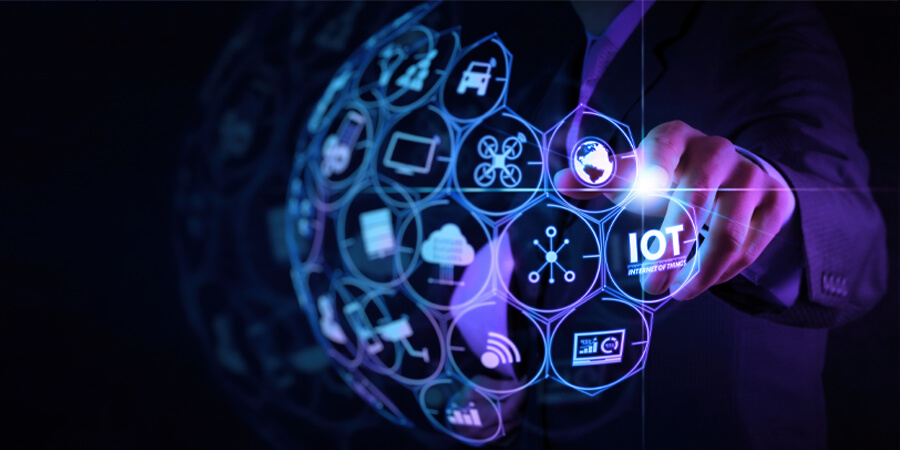The Internet of Things (IoT) has emerged as a ground-breaking technology that affects how various industries operate. In Asia, IoT has been experiencing steady growth. A report by the International Data Corporations (IDC) forecasts that IOT spending in the Asia-Pacific region will reach $277.5 billion this year, an 11% growth since 2022. Demand for remote operations, supply chain efficiency, commercial 5G and digital footprint are boosting regional IoT adoption.
One notable aspect of this growth is the dominance of Automotive IoT within the Southeast Asian market. It is expected that this industry will stand as the most successful, with a total market volume of around $21.26 billion this very year. Such impact demonstrates the rising significance of IoT applications in the automotive industry, applications that include linked automobiles, telematics and other intelligent solutions — all set to improve both the driving experience and the safety of the vehicle.
IoT in Different Industries
The expansion of the Internet of Things industry is not something that is exclusive to Asia but rather something that can be seen all over the world. The incorporation of technology related to IoT across a variety of business sectors has led to a rise in productivity, as well as improvements in connections and advancements in automation. This progression of technology has significant impacts for firms, governments and customers, which in turn fosters innovation and economic growth.
Within Southeast Asia, Singapore has emerged as a hub for the development and use of IoT technologies. The steps taken by the government and its support of technology related to IoT have been essential in bringing forward advancement in a variety of fields. This dynamic industry in Singapore is characterized by an evolving ecosystem that includes both established technology businesses and startups, all of which contribute to the rapid rise of IoT.
Meanwhile, in India, IoT is transforming the way farmers manage their crops and cattle, which is important because agriculture is one of the foundations of the country’s economy. Real-time monitoring of environmental conditions, soil moisture and crop health is made possible by sensors and devices enabled by IoT, such as the "eNAM" (Electronic National Agriculture Market) platform, which links farmers to a nationwide market, thereby boosting small-scale farmers' access and availability to these markets.
IoT has contributed to bringing about a new age referred to as Industry 4.0, and the manufacturing sector is an essential component of Asia's overall economic growth. Sensors and automation enabled by IoT are helping to increase factory production while simultaneously minimizing downtime. Because of this technology, producers are now able to anticipate when maintenance will be required, streamline supply chains and improve product quality. Industry 4.0 has been particularly welcomed in China, with the "Made in China 2025" project concentrating on the incorporation of IoT into the various stages of the manufacturing process.
IoT has also been used to address challenges in healthcare, especially with large populations and geographically isolated regions, by making it possible to remotely monitor patients and use telemedicine solutions. The ability of wearable technologies and intelligent sensors to relay important health data to medical professionals paves the way for improved medical treatment and earlier action.
Investments in IoT
According to IDC, the discrete and process manufacturing industries will emerge as the key industry driving IoT adoption, accounting for more than a third of all IoT investment in the region this year. Closely followed by state and local governments as well as professional services, all of which are motivated by the opportunity to improve the quality, effectiveness and overall experience of their goods and services for their customers. Additionally, expenditure on state and local governments as well as telecommunications is projected to increase at the quickest rate over the next five years, with compound annual growth rates (CAGR) of 15.1% and 14%, respectively.
Furthermore, manufacturing operations, production asset management, supply chain resilience, inventory intelligence and public safety and emergency response are some of the key IoT use cases that are also expected to receive large investments this year.
IoT adoption and investment in Asia Pacific are both rising rapidly, with exciting prospects ahead. The IoT revolution will continue to be driven by remote operations, commercial 5G networks, supply chain efficiency and digital footprint growth. And with expanding connection technologies, various and expanding use cases, and an emphasis on data-driven operations, the region is expected to excel as a leader in IoT for years to come.






